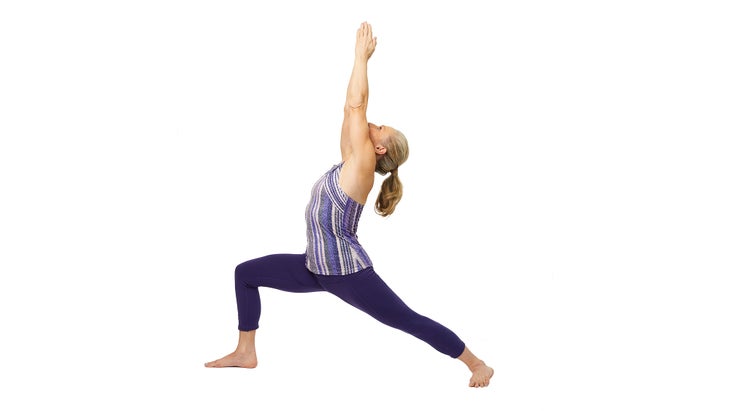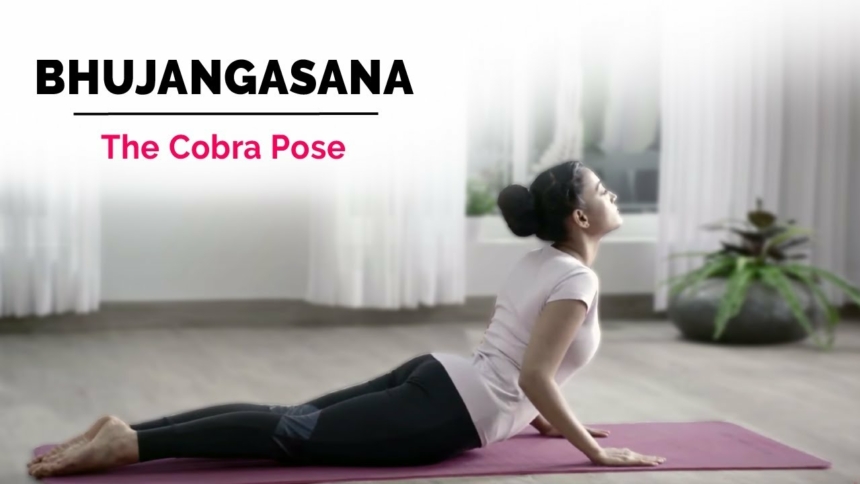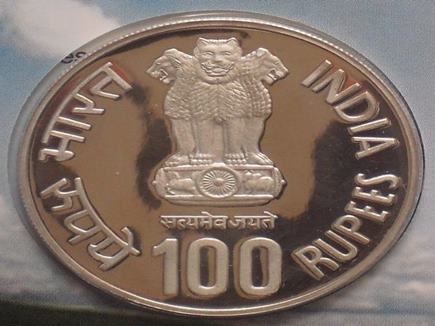These simple yoga asanas to keep aid better breathing and boost immune system, according to experts
Virabhadrasana (Warrior Pose) yoga asanas

How To Do The Virabhadrasana
1. Stand erect and spread your legs about three to four feet apart. Your right foot should be in the front and the left foot behind.
2. Now, turn your right foot outwards by 90 degrees and the left by 15 degrees, making sure the heel of the right foot is perfectly aligned with the center of the left foot.
3. Lift your arms sideways until they reach the height of your shoulders. Your arms must be parallel to the ground, and your palms should be facing upwards.
4. Exhale and bend your right knee, such that your knee and ankle form a straight line. Make sure that your knee does not go ahead of your ankle.
5. Now turn your gaze to your right.
6. As you move into the pose, stretch your arms further and join your palms above your head. Look at your palms. Gently push your pelvis down.
7. Hold the pose with the same determination as a warrior, and wear a smile on your face. Breathe normally and keep going down.
8. Inhale and come up.
9. Exhale and gently bring your hands down from the sides.
10. Repeat this pose on the left side, with your left leg in the front and the right one at the back.
_1622604283312_1622604292006.jpg)
In this week’s ‘Shilpa Ka Mantra’, the actor encouraged mental positivity as she released stress with Virabhadrasana I. Motivating fans to keep a check on their mental health amid the many “unsettling things happening all around us”, Shilpa showed fitness enthusiasts how to release stress with Yoga’s Warrior Pose I or Virabhadrasana I.
Taking to her social media handle, Shilpa shared a picture featuring her in a full sleeves black crop top, teamed with a pair of pink and purple camouflaged tights and hair pulled back into a high ponytail to ace the sporty look. Hands clapsed and raised above her head, with one leg bent and the other stretched behind her, Shilpa nailed the Yoga asana.
Bhujangasana

Bhujangasana is also called Sarpanasana, Cobra Asana or Snake Mudra. In this posture, the body forms the shape of a snake. This yoga asana is done by lying on the ground and bending the back while the head is in the raised posture of the snake.
· The stiffness of the lower back is reduced
· Your arms and shoulder get strengthened
· Enhances flexibility
· Helps recover menstrual irregularities
· Helps elevate mood
· Helps gain firm and toned buttocks
· Revitalizes the heart
· The organs in the abdomen get stimulated , such as the kidneys
· Helps bust unwanted fatigue and stress
· Unlocks the chest while helping clear up the channels of the heart and lungs
· Perks up the oxygen and blood especially all the way through the pelvic and spinal section
· Aids in improvement of digestion
· Fortifies the spine
· Helps relieve sciatica
· Aids to ease off the symptoms of asthma.
Balasana (Child’s pose)

Child’s Pose (Balansana) is yoga’s most important resting posture and it is a nice way to gently stretch various parts of your body.1 It’s a chance to stop what you are doing, reassess your position, reconnect with your breath, and prepare yourself to move forward. In class, the teacher may offer the opportunity to rest in child’s pose after a fast-paced vinyasa sequence, a long hold in a pose like Downward Facing Dog or Plank, or an attempt at a challenging inversion. It is a counter pose for Cobra and other back extensions.
Benefits of this yoga asanas
- Stretches back muscles including erector spinae, trapezius, rhomboids, and latissimus dorsi.
- Restricts the movement at the front of your ribs which encourages you to shift your breath pattern. This can help make you more aware of using your abdomen and diaphragm to breathe.
- Helps tone your pelvic muscles.
- Creates space for your sciatic nerves and can help relieve SI joint / lower back pain.
- The shape of the pose encourages introspection and contemplation.
- Is a passive opening for your hips.
- Stretches your quadriceps, knees, and the fronts of your shins and ankles.
- Elongates your lower back.
Benefits
Savasana allows your body and mind time to process what has happened during a yoga class. It provides a necessary counterpoint to the effort you put forth during asana practice. You may also practice Savasana at home before sleeping3 as a way to quiet your mind and get more restful sleep.
How to do
- Lie on your back with your legs straight and arms relaxed at your sides. Let your feet fall to a natural position and rest your palms facing up. Close down your eyes.
- Breathe naturally.
- Allow your body to feel heavy on the ground.
- Begin to release each part of your body, organ and cell, consciously working from the soles of your feet to the crown of your head.
- Relax your face, feeling your eyes drop into your sockets and the softening of your jaw.
- Tune in. If your mind starts to wander, bring your awareness to the sounds around you and then try to find the most distant sound until you find the sound closest to you. Then tune into your breath. Once we acknowledge the sounds from outside, the mind is more able to let go.
- To exit the pose, gently bring your awareness back to your body. Start to wriggle your fingers and toes. With your eyes closed, draw your knees in and slowly roll over to your left or right side. Rest there for a moment and with an inhale, find a comfortable seated position.
- Take the peace and stillness found in this pose with you for the rest of your day.











